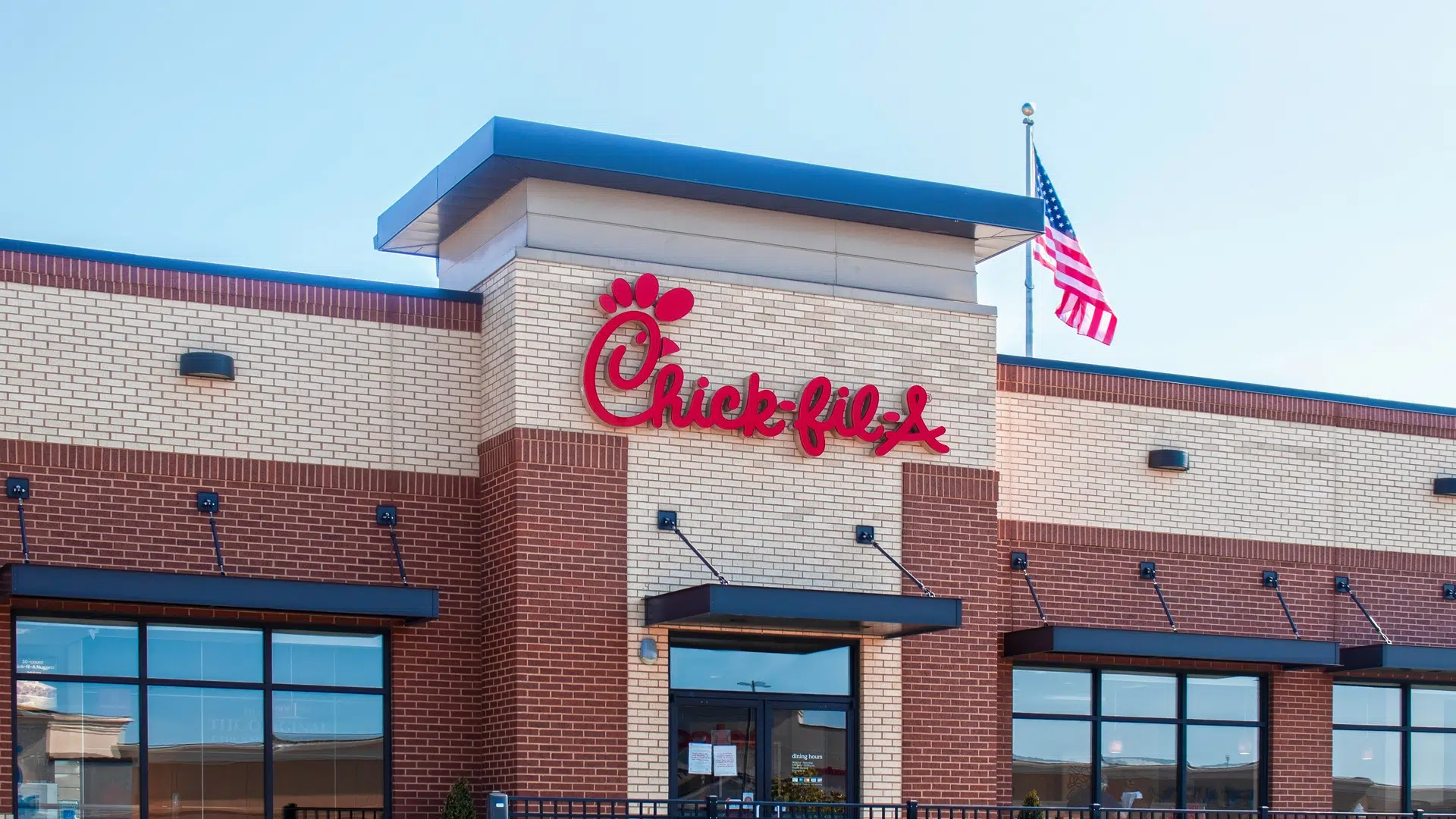In today’s fast-paced world, where convenience often takes precedence over leisurely dining experiences, QSR inflation has become a significant concern among consumers as they grapple with the rising costs of dining out. With inflation on the rise, many are feeling the pinch in their pockets, making them question whether the rapid price increases at QSRs outpace those in traditional table service restaurants.
In this blog, we will delve into the intriguing dynamics of this culinary conundrum, exploring the factors driving QSR inflation and comparing it to the trends in table service establishments.
Why is QSR Inflation Outpacing Table Service?
The dining world is undergoing a seismic shift in an era marked by soaring menu prices. Quick-service restaurants (QSRs) are witnessing an inflationary surge that outpaces their table service counterparts significantly. The Bureau of Labor Statistics (BLS) Consumer Price Index (CPI) data, released on September 13, painted a revealing picture. It revealed that in August, prices for “limited service meals and snacks” had surged by 6.7% compared to the previous year, while “full-service meals and snacks” had experienced a comparatively modest 5.2% increase. This disparity signifies a 29% higher year-over-year inflation for QSRs and fast-casual dining than full-service restaurants (FSRs).
However, the story becomes even more intriguing when we delve deeper into the landscape of discounts and consumer behavior. PYMNTS Intelligence uncovered a fascinating dimension to the QSR vs. FSR inflation narrative. A survey conducted in February, encompassing over 1,800 consumers for PYMNTS’ exclusive report titled “Connected Dining: Consumers Like the Taste of Discount Meals,” disclosed that 29% of diners had received a discount on their most recent QSR purchase, while only 23% could say the same for their last FSR dining experience. Moreover, a remarkable 47% had been the beneficiaries of a discounted QSR meal in the preceding month. In comparison, only 40% had secured a deal in full-service dining during the same timeframe.
QSRs have quickly embraced discounts as a strategic tool to entice consumers, particularly amidst the specter of inflation, and to ensure their continued patronage. Wendy’s, a global chain with approximately 7,000 locations worldwide, recently shared its plans to ramp up deals and offers. President and CEO Todd Penegor said, “We’ve got some innovation that will be announced and launched soon. We’ve got more consistent promotional activity to drive trial and repeat.”
Similarly, global QSR giant Domino’s Pizza, boasting over 20,000 locations around the world, discussed its strategy of offering discounts to drive orders and incentivize consumers to adopt its direct channels, bypassing third-party aggregators. Domino’s Chief Financial Officer Sandeep Reddy elucidated, “All of our national promotions and all the special deals we have will only be on our platform.”
Despite these efforts, the price rise is compelling consumers to scale back on their restaurant dining escapades. Further research from PYMNTS’ “Connected Dining” series highlighted that 58% of consumers made restaurant purchases in June, representing a nine percent drop from May. This decline marked the most substantial month-to-month decrease since the previous November.
This pullback in dining is partly fueled by consumers’ perception of restaurant inflation as being even more pronounced than it truly is. Surprisingly, research from the same study revealed that when restaurant inflation was at 7.4%, consumers perceived it to be as high as a staggering 23%. The steeper inflationary path QSRs face might leave them wondering if the grass is truly greener on the full-service side. In discussing its fourth-quarter fiscal year 2023 financial results, Cracker Barrel noted that traffic challenges persisted throughout the summer.
Cracker Barrel CFO Craig Pommells commented, “We do believe there is a reaction from consumers to generally higher prices in casual dine-in and full-service dine-in more broadly… There is a factor in prices in the macroeconomic environment and the amount of full-service visits available.” So, why is QSR inflation outpacing that of table service, and what does this mean for consumers? Let’s dive deeper into the factors at play.
Understanding QSR Inflation
The QSR inflation story isn’t merely a numbers game; it’s a multifaceted narrative shaped by various factors. One key element contributing to the inflationary surge in QSRs is their ability to adapt quickly to market fluctuations. QSRs are renowned for their skill in adjusting menu prices, portion sizes, and ingredient choices, allowing them to navigate inflationary pressures easily. Their streamlined operations and standardized menus empower them to pivot swiftly when confronted with rising costs of goods and labor.
Moreover, QSRs have mastered the art of strategic discounting. Our earlier data revealed that they actively engage consumers with enticing deals and promotions. This discount-driven approach serves as a customer retention strategy and helps maintain a steady flow of foot traffic during times of inflation.
The QSR Advantage: Speed and Simplicity
Quick-service restaurants’ agility and simplicity give them a competitive edge in the battle against inflation. Consider this: QSRs typically operate with smaller menus than their full-service counterparts. This simplicity minimizes the need for many ingredients and reduces inventory management complexities.
Furthermore, QSRs have quickly implemented technology-driven solutions such as mobile apps, kiosks, and online ordering platforms. These innovations enhance the customer experience and streamline operations, improving overall efficiency and reducing labor costs—a critical consideration given the current labor market challenges.
The Power of Discounts: A QSR Lifeline
Discounts have emerged as the lifeblood of QSRs during this period of inflation. The data above indicates that QSRs actively leverage deals to lure customers through their doors. This proactive approach helps them maintain customer loyalty and is a potent weapon against inflationary headwinds.
The Full-Service Conundrum: Navigating a Different Landscape
Conversely, full-service restaurants face a more complex set of challenges. Their expansive menus, diverse culinary offerings, and personalized service require a larger workforce, greater ingredient variety, and more intricate inventory management. These factors can hinder their ability to adapt to inflationary pressures swiftly.
The full-service dining experience also often entails higher overhead costs, such as rent, utilities, and labor. With these expenses rising, FSRs may find it challenging to absorb the impact without passing it on to the customer, potentially leading to a perception of steeper inflation.
Consumer Perceptions and Behavior
The fascinating interplay between consumer perceptions and actual inflation rates cannot be overlooked. As highlighted earlier, consumers tend to perceive restaurant inflation as more severe than it truly is. This perception can influence their dining choices and lead to reduced restaurant visits.
The psychology behind this phenomenon is complex. Inflationary pressures create a general sense of financial unease among consumers, causing them to scrutinize their spending more closely. Even minor price increases can feel magnified in this context, leading consumers to believe dining out has become prohibitively expensive.
The Road Ahead: Navigating Inflationary Waters
As the world of dining grapples with inflation, both QSRs and FSRs face distinct challenges and opportunities. With their agility and discount-driven strategies, QSRs have a clear advantage in weathering the storm. However, the full-service dining sector can still thrive by emphasizing the value of its unique experiences, personalized service, and diverse menus. Adapting to changing consumer preferences and exploring innovative cost-saving measures will be essential for both industry segments.
In conclusion, QSR inflation may be outpacing table service, but the story is more nuanced than it appears at first glance. The battle against inflation in the mining industry is dynamic, where skill, innovation, and consumer perception play crucial roles. As consumers grapple with price increases, the dining landscape will continue evolving, shaping our culinary experiences’ future.
Conquer QSR Inflation With SupplyCaddy!
As QSR inflation continues to outpace table service, it’s crucial for your food service business to stay ahead of the game. Don’t let rising costs hold you back!
SupplyCaddy, a trusted global leader in packaging and disposables for the food service industry, is here to empower your restaurant, chain, or food service brand. With our Miami-based headquarters and state-of-the-art manufacturing facilities in North America and Europe, we’re geared up to provide you with top-notch, cost-effective solutions.
Contact SupplyCaddy today at [email protected] and take control of your costs! Let’s navigate these challenging times together.





















